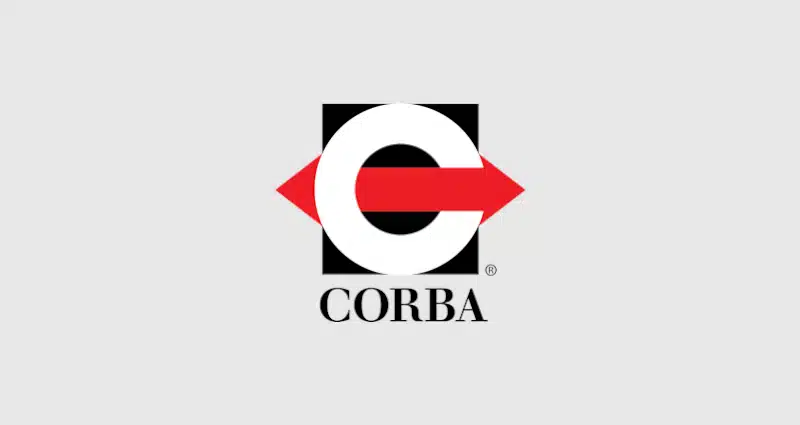With the multiplicity of platforms and programming languages, application design is becoming ever more complex. To simplify software development, new concepts are emerging. One of these is CORBA (Common Object Request Broker Architecture). What is CORBA? What are its advantages? Find out in this article.
What is the CORBA framework?
CORBA stands for Common Object Request Broker Architecture. It is a standard developed in 1992 by the Object Management Group (OMG), a consortium of several hundred hardware and software companies.
The aim is to develop distributed, platform- and language-independent applications using object-oriented design principles.
In software development, an object is a software brick with its own internal structure and behavior. It is the interaction of the various objects making up the application that enables new functionalities to be created or data to be grouped together.
However, most applications are based on the assembly of objects developed using different technologies, whether at the level of the programming language for writing, the process for execution or the machines used for deployment.
Corba makes it possible to define a framework enabling all these objects to communicate with each other despite these differences. And thus to create the functionalities required for the application. In other words, CORBA develops a unified architecture for applications using distinct technologies.
To fully understand the CORBA framework, you need to know its key component (ORB) and the interface definition language (IDL).
Object Request Broker (ORB)
Before delving into explaining the ORB, it’s essential to clarify a point. CORBA includes two types of objects:
1. The server (or provider): This is the object that offers functionalities that can be used by other objects.
2. The client: This is the object that requires the services of the server.
For the application to work, these two objects must communicate, and this is where the ORB comes into play.
The Object Request Broker (ORB) is a key component of the CORBA architecture.
In practical terms, the ORB implements the object structure (also known as the object bus) that facilitates communication between client and server objects. This allows the client to invoke an object (local or remote) without considering its location. To achieve this, the ORB broker sends a request to the invoked objects and returns the response to the client. This is how new functionalities or services are created.
It’s worth noting that each object offers multiple services (such as Time service, property service, security service, collection service, trader object service, etc.) with distinct functionalities. These different services are defined by the Object Management Group (OMG).
The ORB communicates them in the form of an Interface Definition Language (IDL).
Interface Definition Language (IDL)
Each component is described through an interface. The Interface Definition Language (IDL) defines these interfaces in a specific language (independent of the programming languages used).
The idea is to assist ORBs in understanding the available operations and identifying the syntax for invoking them. To achieve this, a compiler generates specific code that facilitates the use of the interface by both the client and the server. For the client, this code is called a stub, and for the server, it is referred to as a skeleton.
This language definition ensures the independence and interoperability of different technologies used in the application. For example, modules programmed in C++ can communicate with other modules programmed in Java.
It’s worth noting that these IDLs are available for multiple programming languages, such as C++, Java, Ada, Cobol, and more.
What are the advantages of CORBA?
By defining a unified architecture for complex distributed applications, Corba offers developers multiple advantages:
- Reusability of software components: applications are not restricted to one type of technology in order to function.
- Interoperability between different languages and IT environments: thanks to IDL, objects can easily communicate with each other, thus creating new functionalities and services.
- Location transparency: Corba enables clients to invoke objects locally or remotely, regardless of their location.
- Heterogeneous environment (language, OS, machine): regardless of the technologies used by the application, CORBA creates a unified framework to guarantee smooth operation.
How to learn CORBA concepts
CORBA architecture is one of the most important concepts for web developers. To learn more about this model, it’s a good idea to get training from qualified and competent professionals.
Datascientest is just such a training institute. You can take our DevOps Engineer course and earn a state-recognized diploma. Here, you’ll learn the basics of software development and administration.










